The Laughing Buddha is perhaps one of the most displayed statues in homes and businesses across the world.
This is no surprise as the Laughing Buddha is widely recognized for its positive symbolism.
In this post, we’ll talk about the Laughing Buddha, its various types, and their meanings in feng shui. Continue reading to find out why people love this pot-bellied statue so much.
In This Article
Who is the Laughing Buddha?
The Laughing Buddha is also known as Hotei or Pu-Tai, a Chinese monk often depicted as a bald man with a large belly and a laughing face.
Many considered Pu-Tai a future Buddha due to his benevolence.
It is also considered an incarnation of Maitreya, the Buddha of the future.
The Maitreya is a bodhisattva, someone who has reached nirvana but chooses to stay on Earth to help others achieve the same.
Laughing Buddha Meaning
Generally speaking, the Laughing Buddha is a popular symbol of good luck.
Also called the Fat Buddha, it represents an abundance of what you could be dreaming of, such as wealth, happiness, or contentment.
Some say that rubbing the belly of the Laughing Buddha will bring good fortune.
This is because the stomach is associated with nourishment, fertility, and prosperity in Chinese culture.
The laughing face of the Buddha is also a symbol of joy, fulfillment, and serenity.
Many use the image of the Smiling Buddha to manifest all these good things into their lives.
The Different Types of Laughing Buddha
Now that we’ve gone over the general meaning of the Laughing Buddha, let’s take a look at its various types.
The types of Smiling Buddha can be distinguished by their different positions. Each type represents different things:
Seated Laughing Buddha
The most common type of Happy Buddha is the one where he’s sitting with his legs crossed and a big belly showing. This type symbolizes balance, harmony, and stability.
Standing Smiling Buddha
A standing Buddha is a symbol of wealth and happiness.
Reclining Fat Buddha
This type is less common, but it represents relaxation, rest, and contentment.
Happy Buddha Surrounded by Children
This is a very popular type as it represents fertility, prosperity, and good fortune.
Laughing Buddha Riding a Money Frog
This type is said to bring good luck in business and wealth.
The laughing buddha can also be depicted holding different items such as a bowl, bag, or beads.
Laughing Buddha Holding a Bowl
A bowl in the hands of Laughing Buddha is a symbol of nourishment, both physical and spiritual. This type is said to bring you good health and abundance.
Laughing Buddha with Beads
Beads are a symbol of wisdom, knowledge, and spiritual enlightenment. Placing this type of Fat Buddha in your home or office may help you achieve your goals and dreams.
Laughing Buddha with a Sack or Bag
A Laughing Buddha for money. This type is perfect for those who are starting a business or working towards financial stability.
Laughing Buddha with a Fan and Wu Lou
A fan symbolizes good fortune and abundance while a Wu Lou (or bottle gourd) is a sign of good health. This type of Laughing Buddha is perfect for those who are hoping to manifest wealth and health in their lives.
Laughing Buddha with a Gold Ingot
A gold ingot is a sign of good fortune and prosperity. This type of laughing Buddha is perfect for those who are working towards financial stability.
Laughing Buddha with a Hat
A hat is a symbol of good luck. This type of laughing Buddha is perfect for those who are hoping to manifest all their dreams and goals.
Choosing a Laughing Buddha Symbol
As you can see, there are many different types of Laughing Buddha with their own unique meanings.
When choosing a Happy Buddha statue or jewelry, think about what you hope to manifest in your life.
Do you want more wealth? More health? More wisdom?
Choose the Laughing Buddha that represents what you desire and watches as your dreams come true.

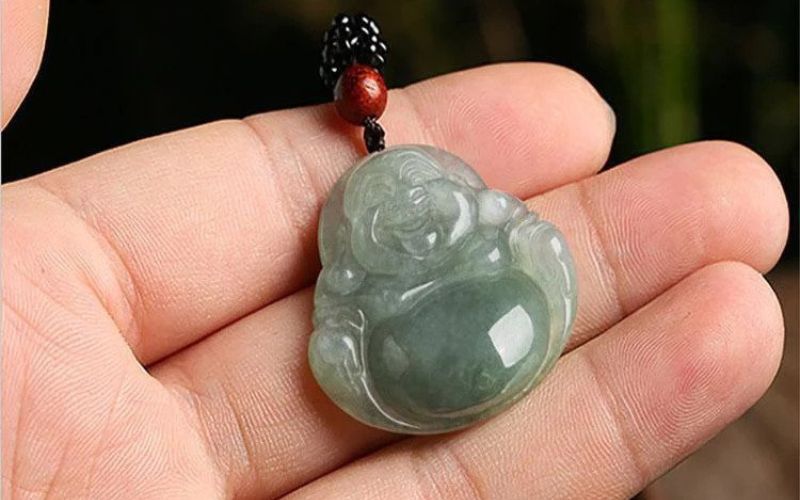





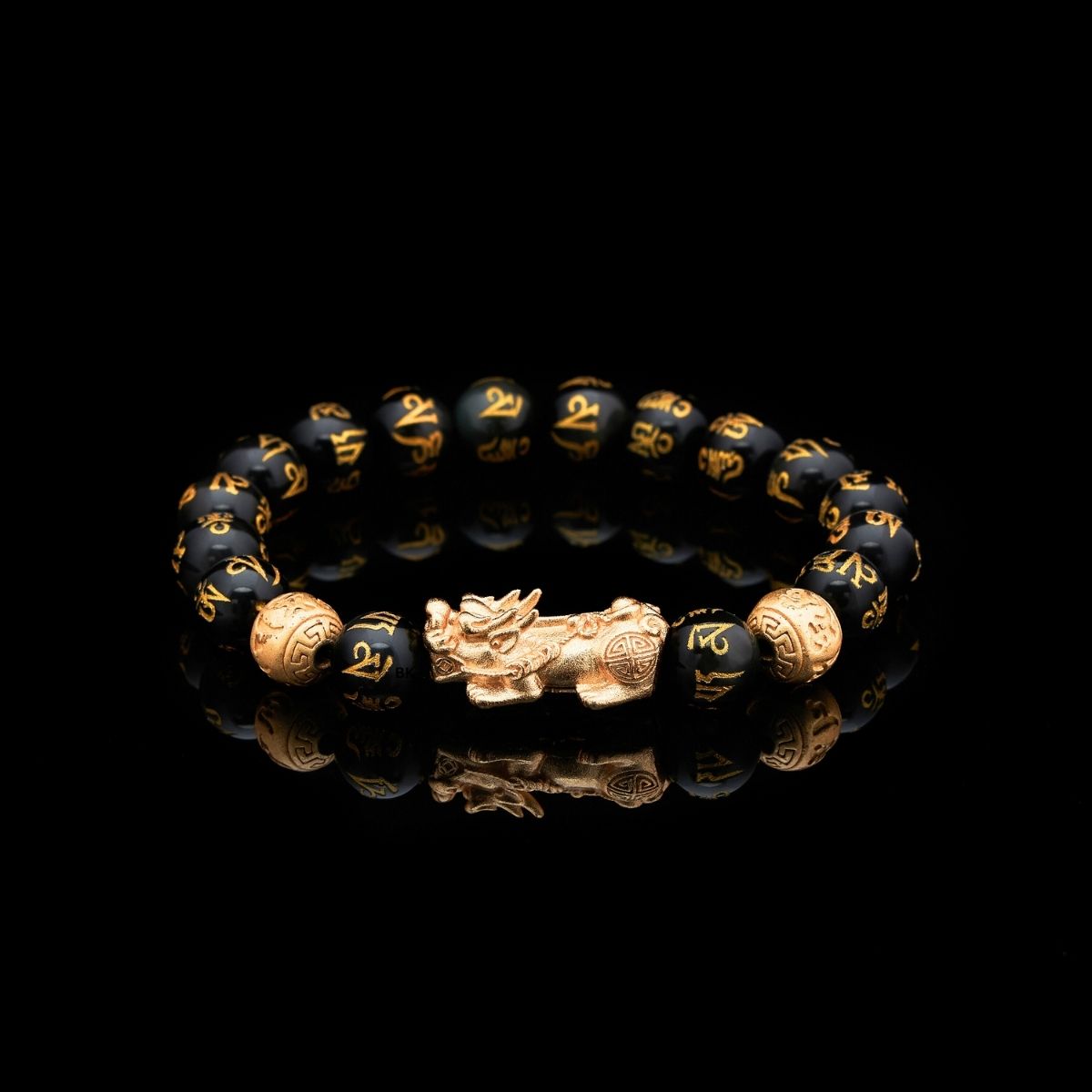

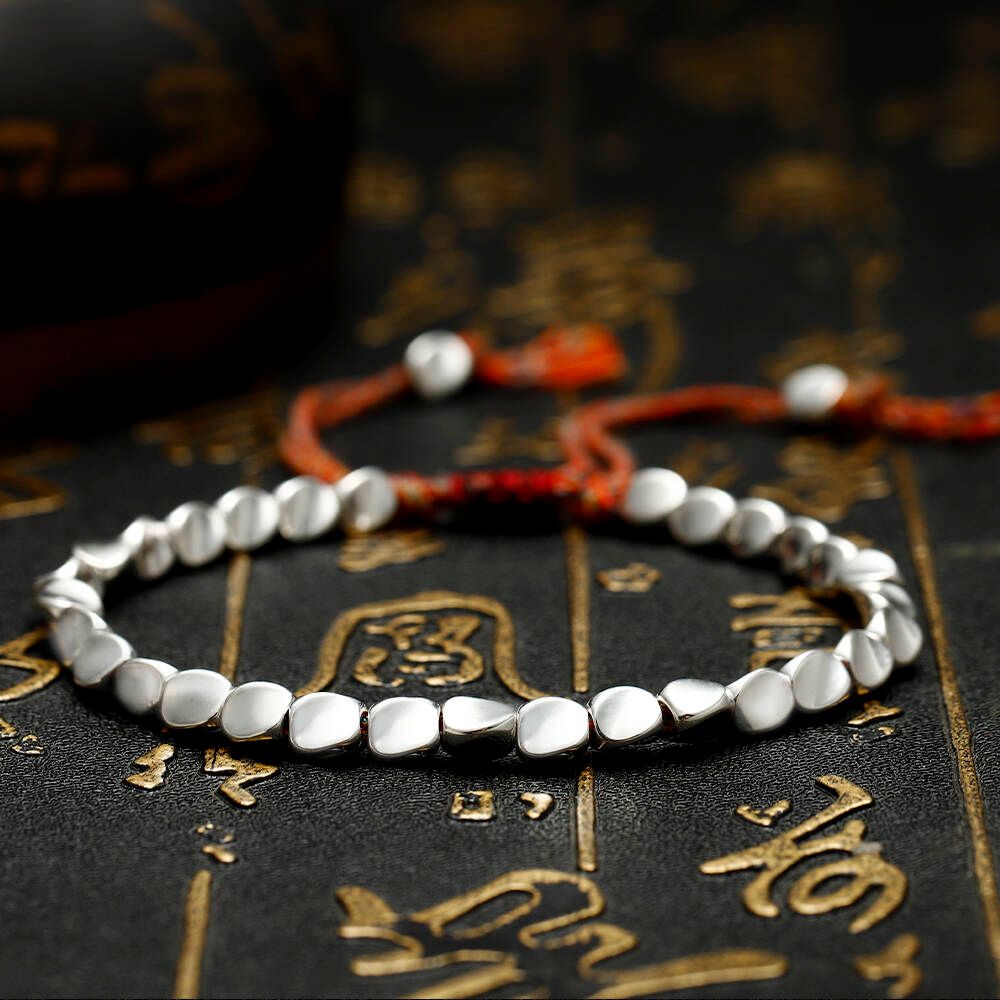

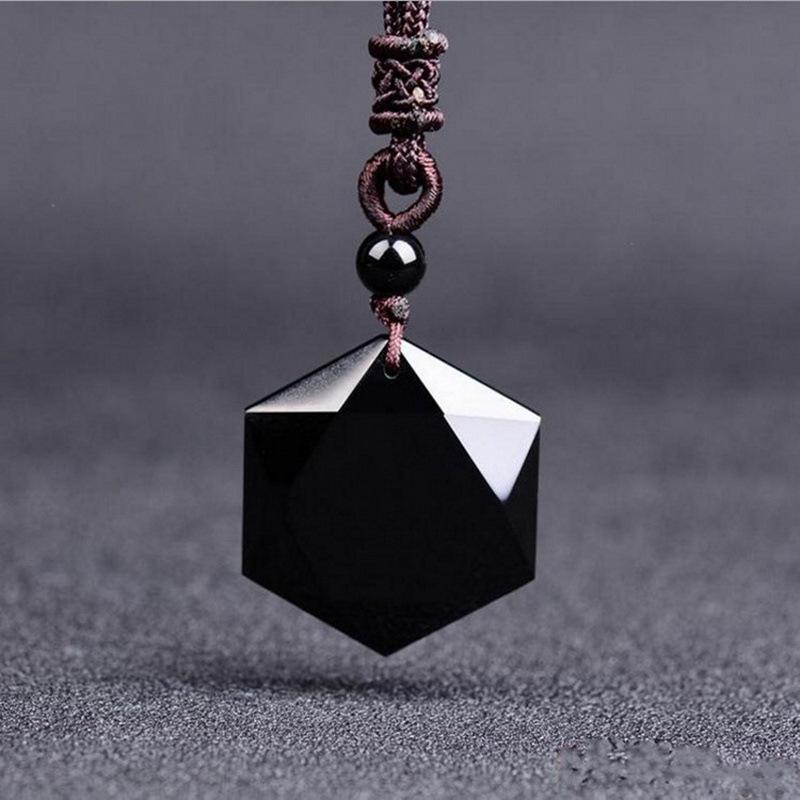

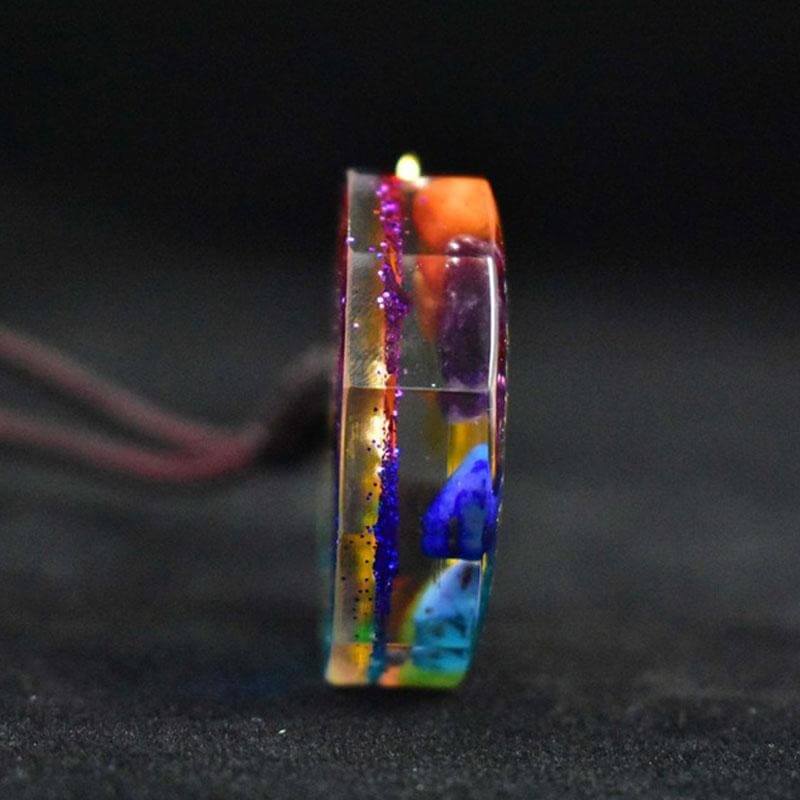
Leave a comment